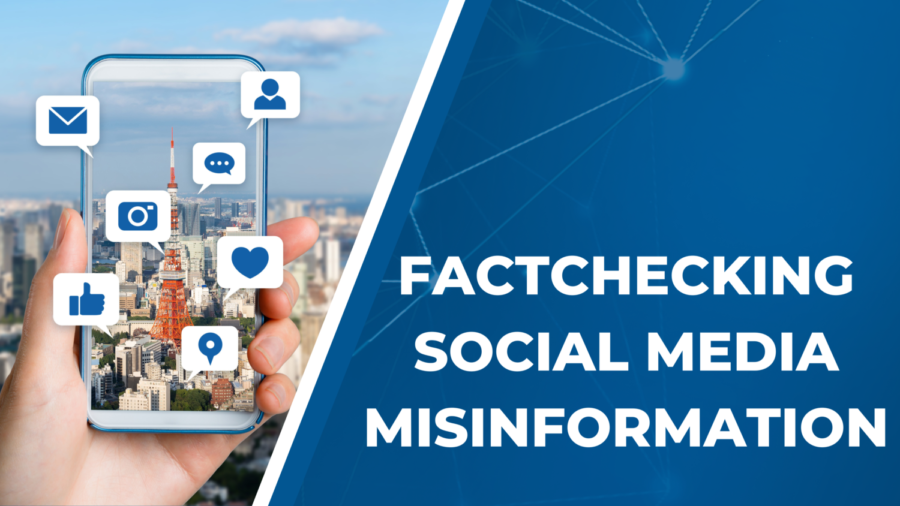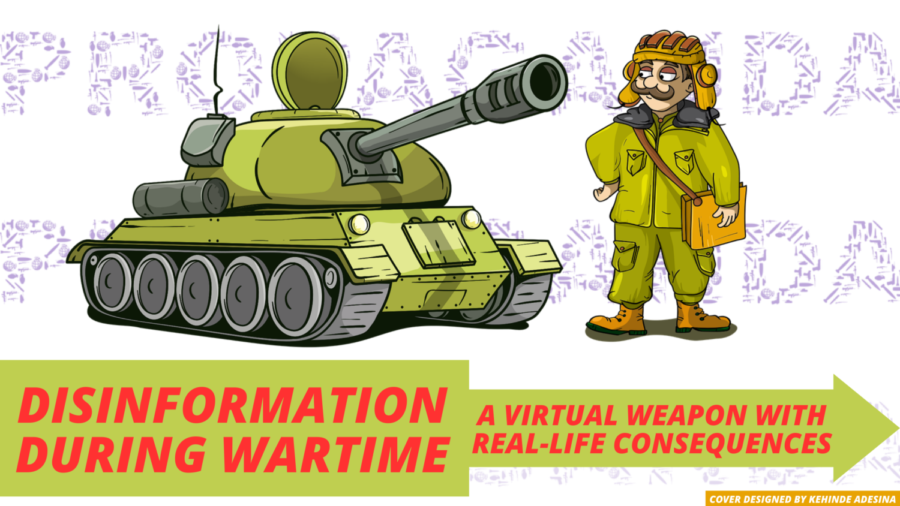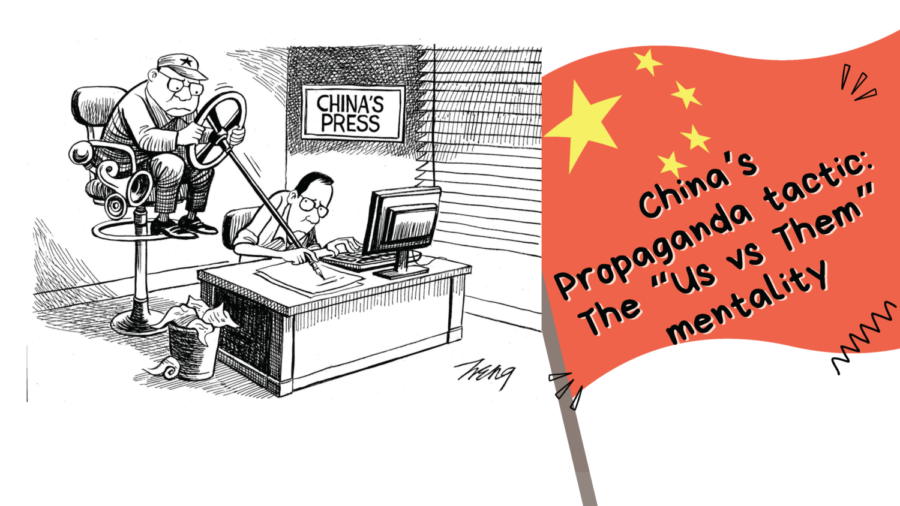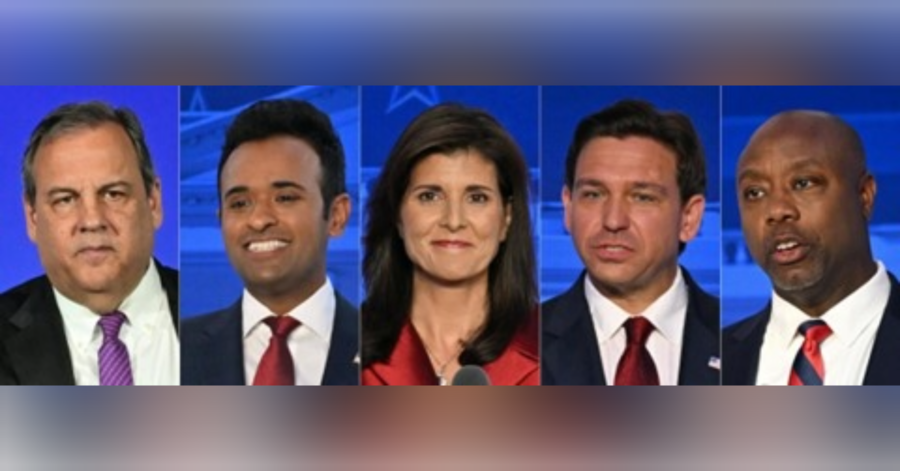Many of you might have seen a video posted on X (formerly Twitter) on September 23, 2023, claiming that people are chanting “F*ck Joe Biden” during his speech at a gathering. (Click on the screenshots below to watch.)

Or even this one that surfaced on Instagram on January 23, 2023, claiming the same thing.
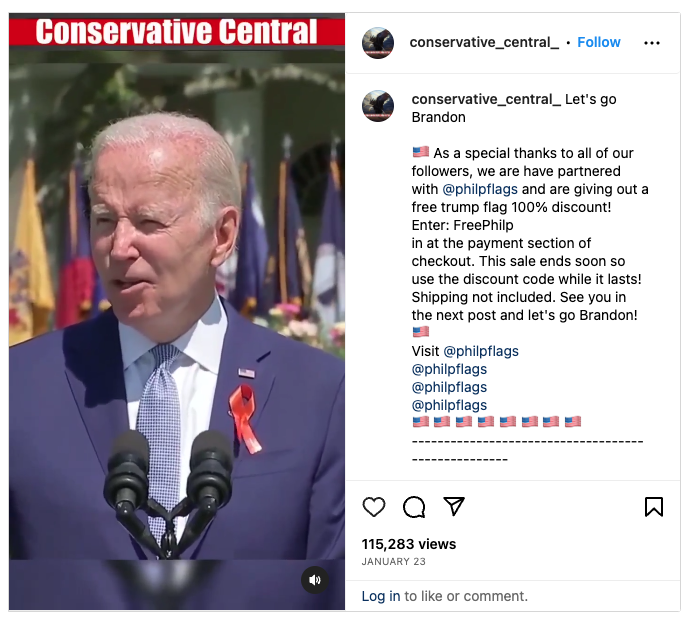
Or an Instagram post as far back as July 11, 2022, claiming a “brave man” asked Biden “about the Hunter Biden, hooker, crack video that has been circulating on the internet!”
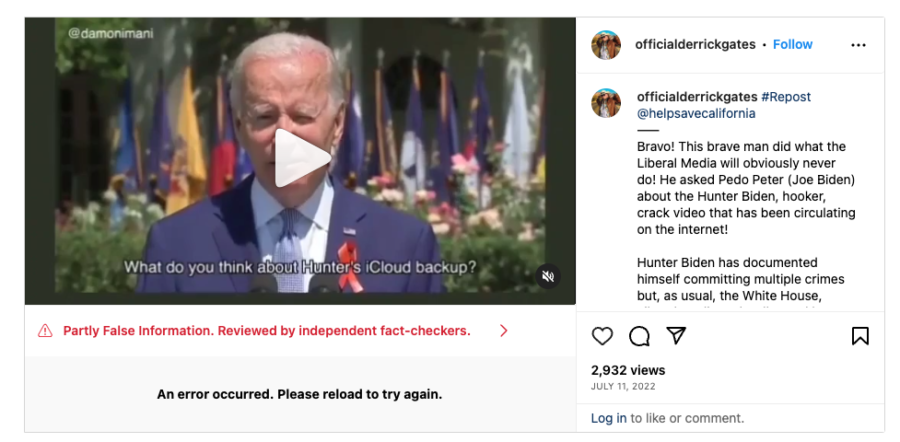
Watch the real video published on YouTube by ABC News.
Fortunately for internet users, all of these posts have received warning labels such as “altered video,” “partly false information,” and, specifically, the notice that “The ‘F*ck Joe Biden’ chants were digitally added.”
These labels serve as a helpful signal to social media users, alerting them that what they are observing may not be genuine. However, it raises questions about the individuals who encountered this content before it was marked as misleading. Furthermore, it prompts contemplation about those who, despite seeing these warnings, still choose to share the content because it aligns with their personal beliefs.
Manipulated or synthesized media content is prevalent on platforms like Facebook, boasting nearly 3 billion monthly active users, and even on TikTok, with approximately 1.6 billion active users.
While some manipulated media on social media platforms may appear harmless and easily recognizable, eliciting a few chuckles and likes before fading into the incessant flow of content, their existence raises concerns.
This is because the same techniques are now being employed to disseminate posts that fuel political division, propagate conspiracy theories, and pose a threat to the fundamental principles of democracy in the lead-up to the 2024 United States presidential elections. The manipulations, as exemplified in this video, have grown more frequent and challenging to identify.
Question: Can we stop these videos from appearing on the internet?
Short answer: I’m afraid not.
So, how do you recognize manipulated media content, and what should you do when you come across media like this online?
- Verify the Source: Check the source of the content. Is it from a reputable and trustworthy website, news outlet, or individual? Manipulated media is more likely to come from less credible sources. In this case, the video was shared by multiple social media accounts and not reputable news outlets.
- Look for Confirmation: Try to find the same information or image from multiple reputable sources. If something is true, it should be reported by multiple news outlets or verified by experts.
- Examine the Content: Analyze the content itself. Look for inconsistencies, unusual artifacts, or signs of manipulation. This could include distorted images, unnatural lighting, or discrepancies in the audio – as in the case of the videos in this article.
- Check Metadata: If possible, examine the metadata of the content. Metadata can reveal important information about when and where a photo or video was taken and whether it has been altered. Metadata2Go is a free online tool that allows you to access the hidden exif and metadata of images, documents, video, audio, or even e-book files.
- Use Fact-Checking Websites: Fact-checking websites like Snopes, PolitiFact, and FactCheck.org can help you verify the accuracy of a claim or image.
- Reverse Image Search: If you have an image, you can perform a reverse image search on Google to see if it has been used elsewhere on the internet and in what context.
- Read Comments and Reactions: Sometimes, the comments and reactions from other users can provide valuable context or information about the authenticity of the content.
- Educate Yourself: Familiarize yourself with common techniques used in photo and video manipulation, such as deepfakes, Photoshop, and AI-based alterations. You can start by reading this American Bar Association article.
- Report Misleading Content: Most social media platforms have reporting mechanisms for misleading or false content. Use these features to report manipulated media when you encounter it.
- Educate Others: Share your findings and educate friends and family about how to spot manipulated media. Misinformation spreads less when people are aware of it.
Synthesized and manipulated media can take various forms, from edited images and videos to misleading captions and headlines. It’s crucial to remain vigilant and critical while consuming content online and to prioritize accuracy and truth in your own online interactions.
Kehinde Bolu Adesina, a graduate of the University of Illinois, Springfield, holds a Master of Arts Degree (MA) in Communication. From August 2021 to May 2023, he served as the Multimedia Editor for The Observer. Over the years, his research has been dedicated to upholding the tenets of quality journalism, fostering informed public discourse, fortifying democratic foundations, and nurturing a more knowledgeable and resilient society, with a keen focus on countering disinformation, misinformation, conspiracy theories, and post-truth narratives in the digital landscape.



